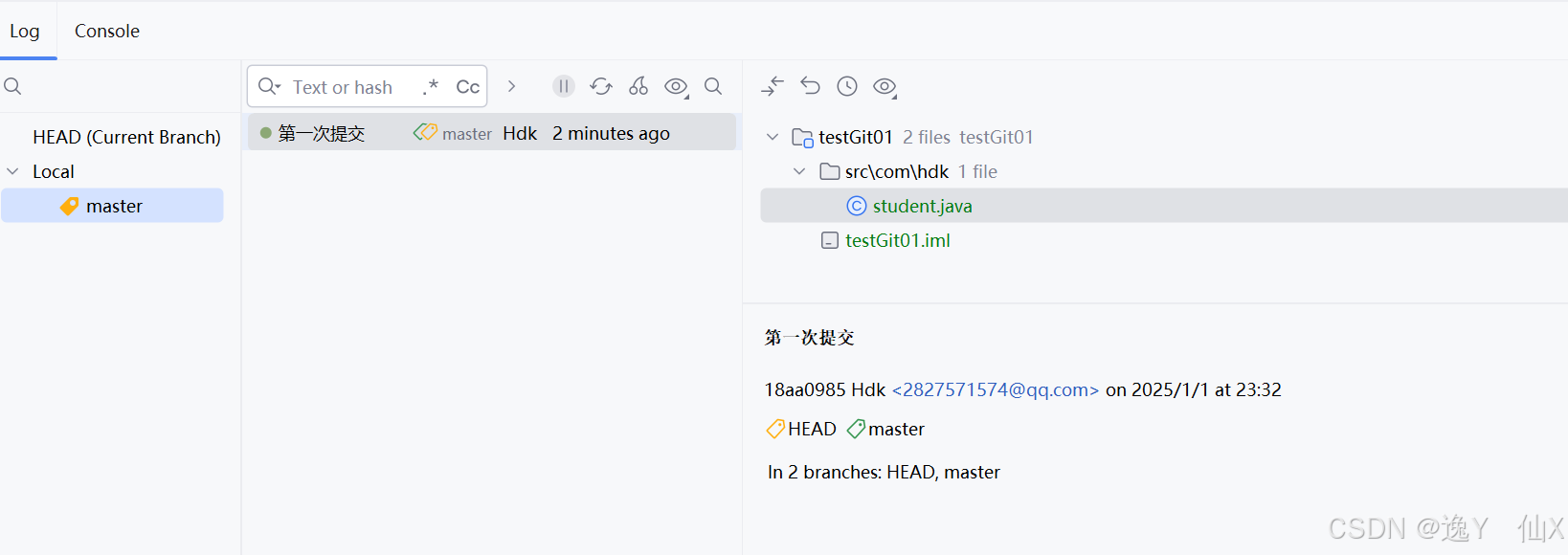time limit per test
1 second
memory limit per test
256 megabytes
You are given a permutation†† aa of size nn. You can do the following operation
- Select an index ii from 22 to n−1n−1 such that ai−1<aiai−1<ai and ai>ai+1ai>ai+1. Swap aiai and ai+1ai+1.
Determine whether it is possible to sort the permutation after a finite number of operations.
†† A permutation is an array consisting of nn distinct integers from 11 to nn in arbitrary order. For example, [2,3,1,5,4][2,3,1,5,4] is a permutation, but [1,2,2][1,2,2] is not a permutation (22 appears twice in the array) and [1,3,4][1,3,4] is also not a permutation (n=3n=3 but there is 44 in the array).
Input
Each test contains multiple test cases. The first line contains the number of test cases tt (1≤t≤50001≤t≤5000). Description of the test cases follows.
The first line of each test case contains a single integer nn (3≤n≤103≤n≤10) — the size of the permutation.
The second line of each test case contains nn integers a1,a2,…,ana1,a2,…,an (1≤ai≤n1≤ai≤n) — the elements of permutation aa.
Output
For each test case, print "YES" if it is possible to sort the permutation, and "NO" otherwise.
You may print each letter in any case (for example, "YES", "Yes", "yes", "yEs" will all be recognized as positive answer).
Example
Input
Copy
6
3
1 2 3
5
1 3 2 5 4
5
5 4 3 2 1
3
3 1 2
4
2 3 1 4
5
5 1 2 3 4
Output
Copy
YES YES NO NO NO NO
Note
In the first test case, the permutation is already sorted.
In the second test case, we can choose index i=2i=2 as 1<31<3 and 3>23>2 to form [1,2,3,5,4][1,2,3,5,4]. Then, we can choose index i=4i=4 as 3<53<5 and 5>45>4 to form [1,2,3,4,5][1,2,3,4,5].
In the third test case, it can be proven that it is impossible to sort the permutation.
解题说明:水题,因为i不能为1,所以直接判断第一个数字是否为1即可。
#include<iostream>
#include<cstdio>
using namespace std;
int main()
{
int t = 1;
int a[11];
cin >> t;
while (t--)
{
int n, m, x, sum = 0;
cin >> n;
for (int i = 1; i <= n; i++)
{
cin >> a[i];
}
if (a[1] != 1)
{
printf("NO\n");
}
else
{
printf("YES\n");
}
}
return 0;
}


















